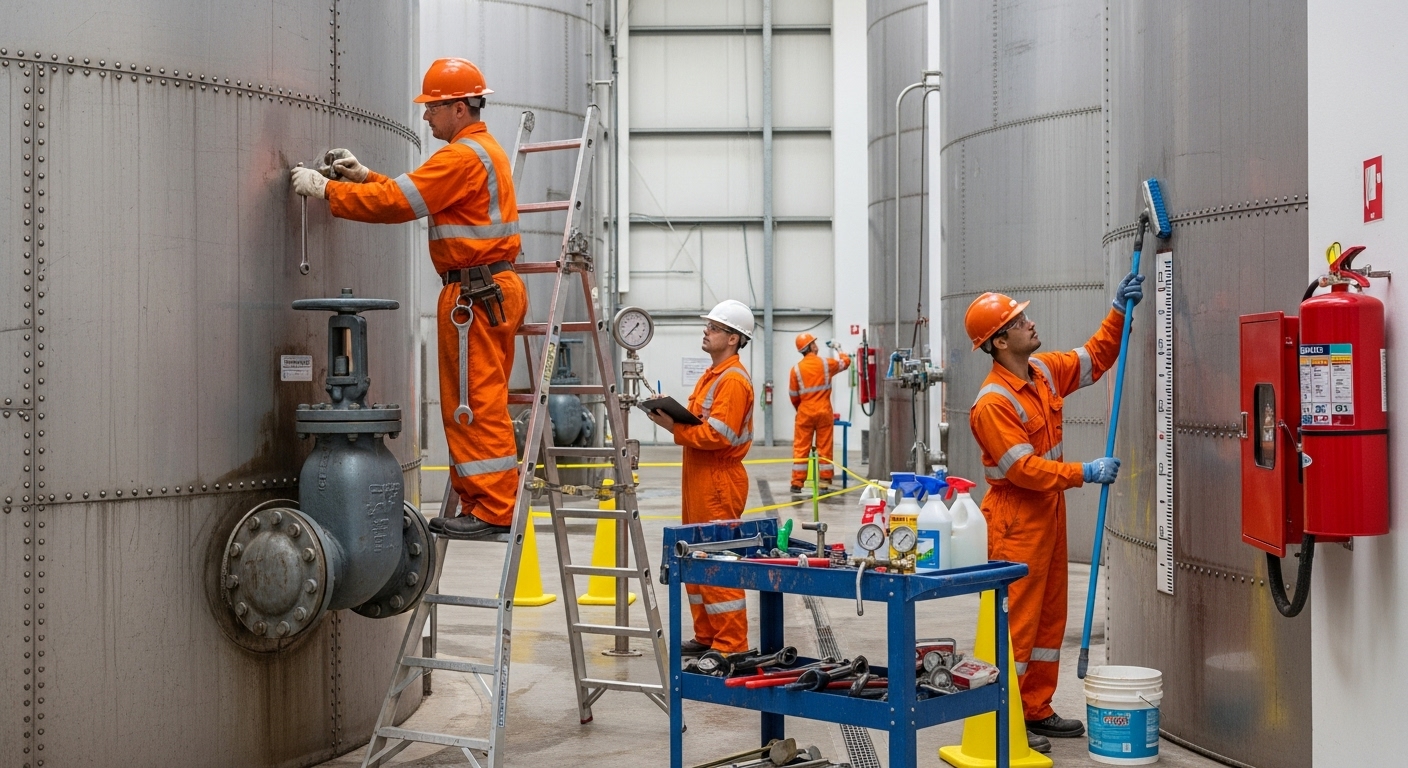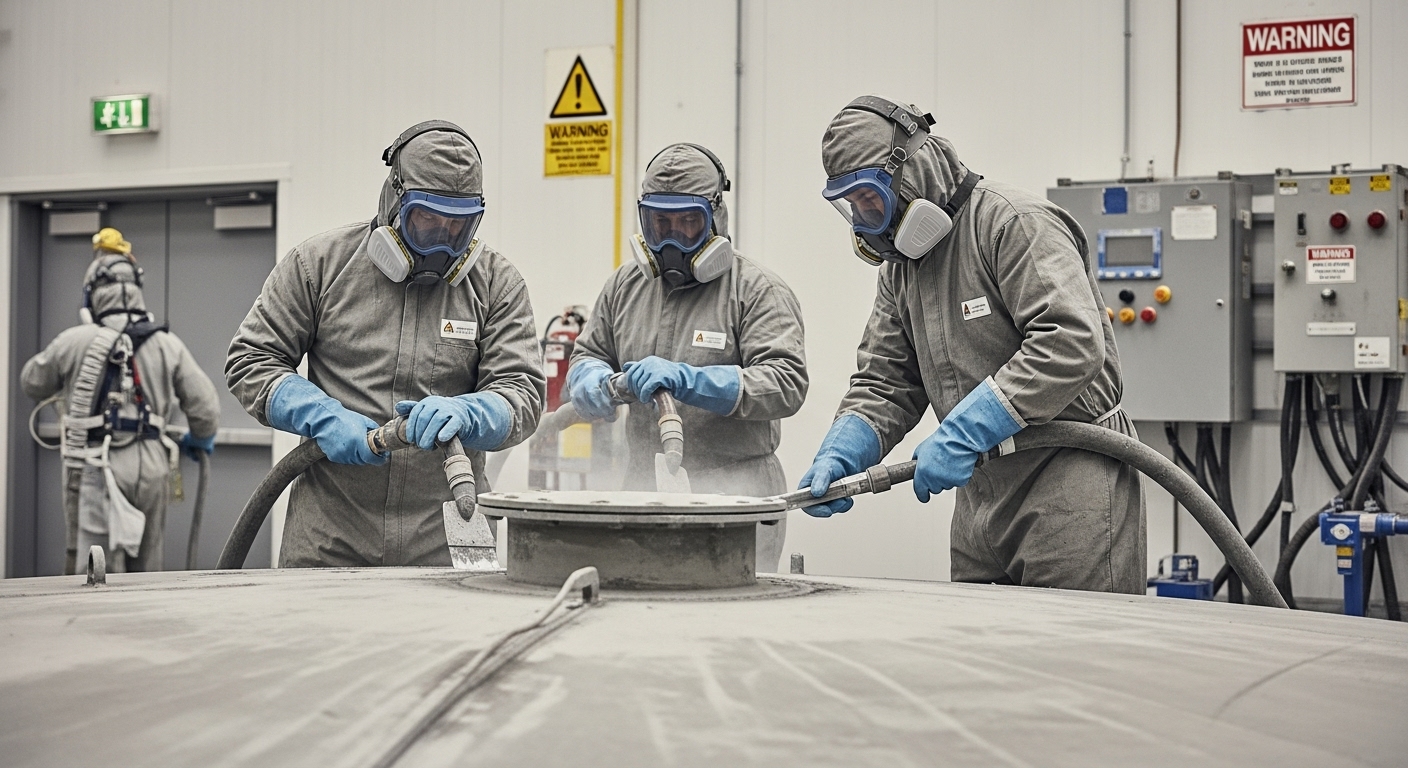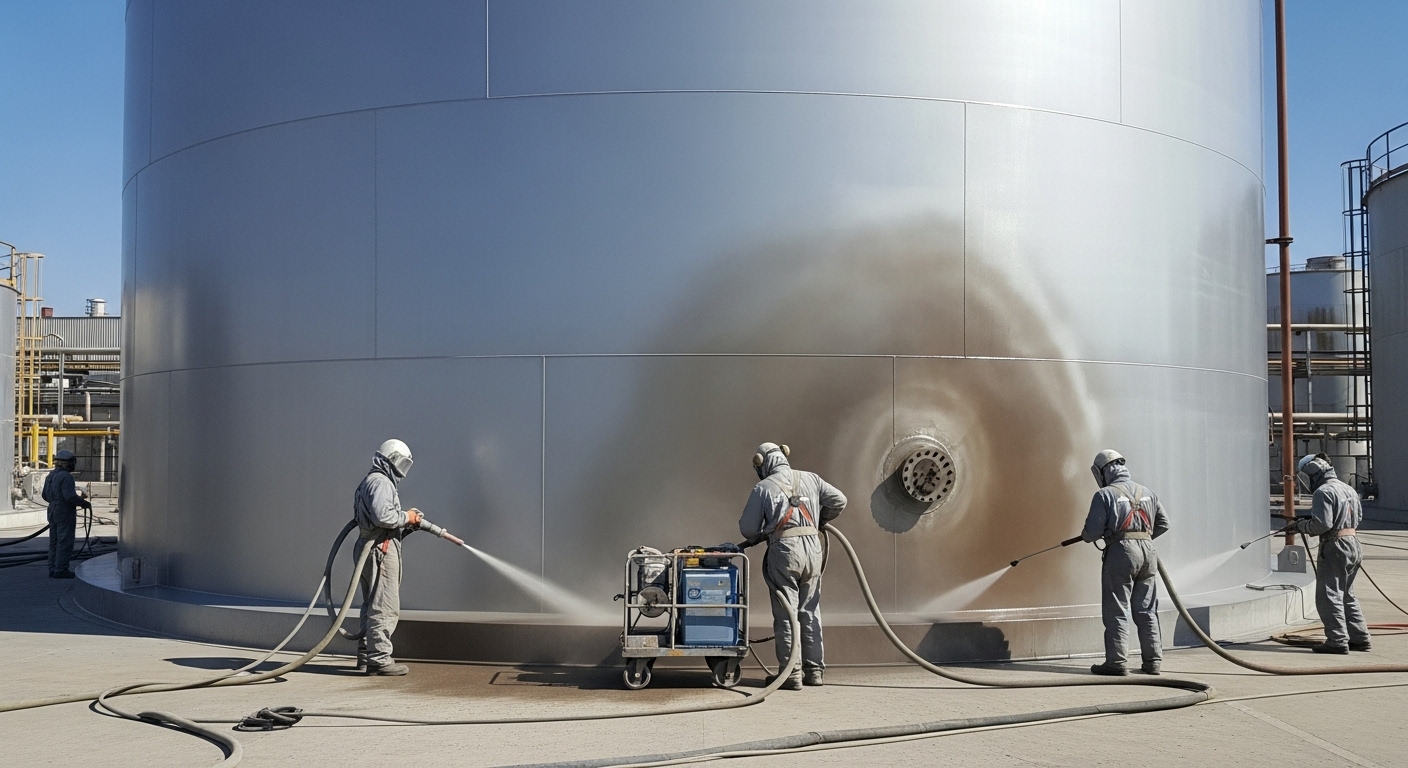Water storage tanks are more than just metal structures standing against the skyline—they are lifelines for communities, industries, and critical infrastructure. Clean and safe water depends on tanks that are regularly inspected, well-maintained, and most importantly, compliant with established regulations.
That’s where water tank inspection regulations come into play.
These regulations are not just a box-ticking exercise. They exist to protect public health, ensure water quality, and extend the life of costly infrastructure. Unfortunately, many facility managers underestimate the complexity of compliance.
From evolving inspection standards to documentation requirements, overlooking the smallest detail can lead to costly penalties or worse, unsafe conditions for the communities who rely on that water. This guide will walk you through the unique world of inspection compliance, breaking down what the rules really mean, why they matter, and how to stay ahead of the curve.
Understanding Why Water Tank Inspection Regulations Exist in The First Place
At the heart of all regulatory requirements is one simple truth: water safety. Every regulation tied to water tanks is designed to ensure that stored water remains uncontaminated, accessible, and safe for public use. When tanks are neglected or not inspected on time, risks of corrosion, leaks, or bacterial growth increase dramatically.
But inspection standards do more than protect health—they also protect the investment made in infrastructure. A thorough regulatory inspection can highlight early signs of structural weakness or coating breakdown before they spiral into major repairs. This proactive approach saves both money and time while reinforcing trust between facilities and the communities they serve.
Beyond infrastructure, many agencies require strict documentation of inspections to prove compliance. Failing to maintain accurate records doesn’t just risk fines, it can also damage credibility in the eyes of regulators.
Breaking Down the Core Elements of Inspection Compliance for Water Tanks
So, what exactly falls under inspection compliance? Regulations typically cover several interconnected elements:
Frequency of inspections
Some states require annual evaluations, while others mandate inspections every three to five years depending on tank type and usage.
Scope of the assessment
From coating integrity to foundation stability, inspection protocols are often exhaustive.
Water quality testing
Ensuring that the tank’s interior environment prevents contamination is a cornerstone of compliance.
Documentation and reporting
Records must be accessible and detailed enough to withstand external audits.
Meeting these standards also ties directly into safety compliance requirements, which emphasize not just the physical health of the tank but also the well-being of personnel performing the inspections. For instance, climbing tanks or performing confined space entries requires adherence to strict elevated safety protocols.
How To Align with Regulatory Requirements Without Overcomplicating the Process
For facility managers, keeping up with regulatory requirements can feel overwhelming. But breaking it down into steps makes it manageable. Start by mapping out your inspection cycle in advance. Whether your tank is due for evaluation in one year or three, planning allows you to allocate budget and resources.
Next, partner with specialists who are well-versed in compliance inspections. These experts understand evolving codes and bring in advanced tools for precise analysis. They can also provide clarity when it comes to interpreting compliance standards, so you’re not left second-guessing the results.
And let’s not forget about maintenance compliance. Regulations don’t just require inspections—they expect issues identified during inspections to be addressed quickly and effectively. This includes everything from coating condition evaluation to small structural repairs. Ignoring these follow-ups can mean failing compliance despite a thorough inspection.
The Role of Inspection Standards in Maintaining Long-Term Tank Performance
Think of inspection standards as the rulebook for keeping your tank in peak condition. They don’t only safeguard water quality but also ensure the structure meets design and performance expectations. Standards typically cover:
Coating systems
Proper coating prevents corrosion. Without ongoing monitoring and surface preparation planning, tanks become vulnerable to early deterioration.
Structural integrity
A sound structural assessment evaluates welds, seams, ladders, and roof hatches.
Environmental compliance
Tanks are often subject to environmental regulations ensuring no leakage or overflow contaminates nearby soil or groundwater.
By following these standards, facilities not only protect themselves from fines but also make informed replacement vs repair decisions. Knowing whether to rehabilitate a tank or invest in a new one requires accurate data from standardized inspections.
Tackling Common Gaps in Compliance Inspections
Even with the best intentions, many organizations fall short during compliance inspections. The most common gaps include:
Incomplete documentation
Missing or vague records are a common reason facilities fail audits.
Neglecting coating systems
Tanks with compromised coatings face faster deterioration, making coating condition evaluation critical.
Ignoring follow-up actions
Identifying issues is only half the job. Regulators expect to see corrective measures taken promptly.
Underestimating environmental obligations
Overflows, leaks, or improper drainage can violate environmental compliance rules, leading to both fines and reputational damage.
Bridging these gaps requires a proactive mindset. By addressing small issues early, you strengthen your compliance position and extend the service life of your tanks.
Practical Strategies for Staying Ahead of Regulatory Inspection Demands
Here’s the thing—regulations will continue to evolve, and so must your approach. Some practical strategies include:
Regular training
Ensure your staff understands inspection protocols and reporting requirements.
Digital tracking systems
Use software to keep inspection records organized and audit-ready.
Partnering with certified professionals
Experts in inspection compliance know the latest updates and can guide you through the process.
Preventive maintenance
Staying proactive through scheduled repairs, coatings, and cleanings reduces long-term risks.
The end goal isn’t just passing inspections—it’s fostering trust, maintaining safe water supply systems, and ensuring resilience against future demands.
Staying Proactive with Water Tank Inspection Regulations
When it comes to water infrastructure, compliance isn’t optional—it’s essential. Water tank inspection regulations are in place to protect the public, preserve the integrity of assets, and ensure clean, safe water delivery. Yet too often, facilities treat inspections as a box to check instead of a critical safeguard.
By understanding the layers of inspection compliance, embracing regulatory requirements, and meeting strict inspection standards, you do more than meet obligations—you secure the future reliability of your system. From safety compliance requirements to environmental compliance, every aspect of inspection is tied directly to community trust and infrastructure health.
The smartest facilities don’t wait for problems. They invest in inspections, address maintenance promptly, and document every step. If you’re ready to strengthen your system and stay fully compliant, now is the time to Ensure Your Facility Meets All Regulations.







